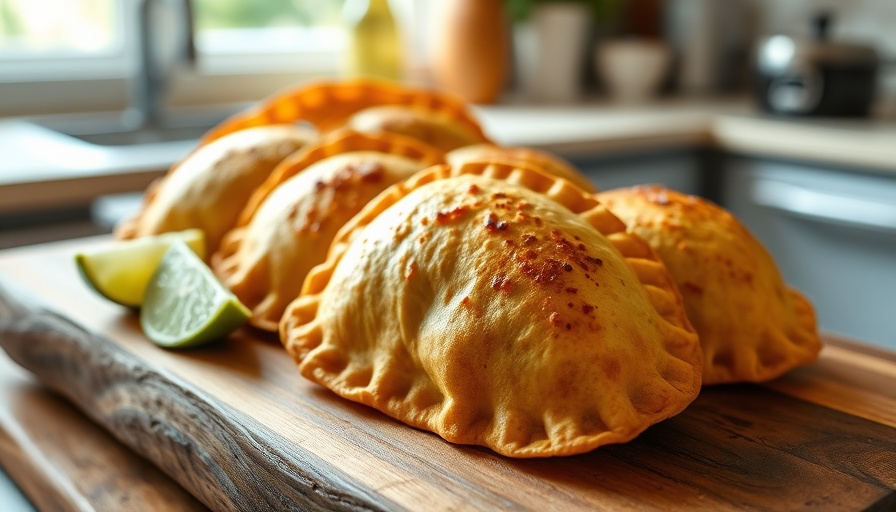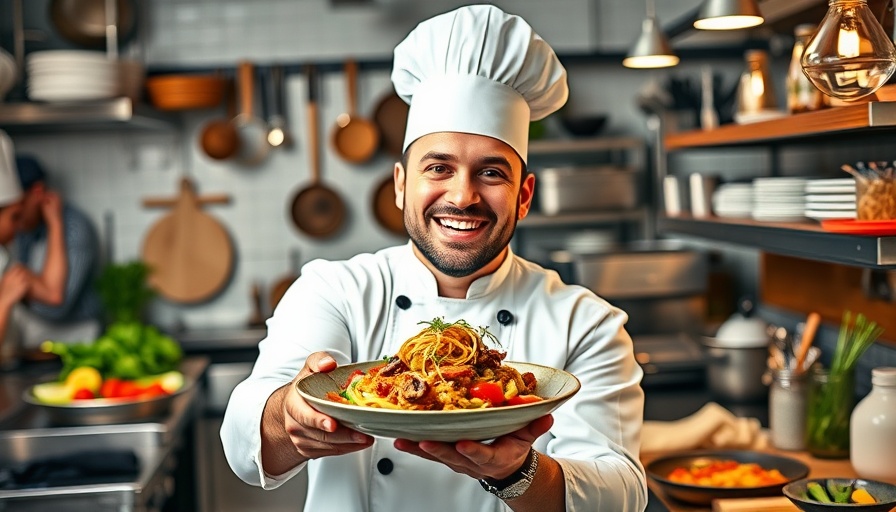
The Historical Significance of Coca Leaves in Peruvian Culture
Coca leaves have a rich history that dates back to ancient human settlements in Peru, particularly during the IV preceramic period (2,500 / 1,800 BC). Archaeological evidence suggests that these leaves were often buried alongside the dead, signifying their importance in spiritual practices and the belief in aiding the deceased's journey into the afterlife. This reverence for coca extends beyond the grave and into the daily lives of the indigenous peoples of the Andean region.
Coca: The Currency of the Incas
In the era of the Incas, coca leaves transcended mere botanical significance; they became a unit of exchange. The leaves were not only considered valuable as a currency but were also used as a form of friendship and respect in social interactions, embodying the essence of community ties. Extensive cultivation of the coca plant occurred in state plantations, emphasizing its importance not just economically but also socially, for sustaining public works and governmental functions.
Influence on Colonial Society
Despite the initial reluctance of the Spanish conquerors to embrace coca for its benefits, its significant effects on indigenous laborers led to a swift transformation in its perception. The coca leaf became integral to the colonial economy, with Spanish merchants profiting from its cultivation and trade. By the late 17th century, coca’s popularity burgeoned among the mestizo and creole populations, illustrating the leaf's deep-rooted influence in evolving social structures.
A Modern Culinary Perspective
Today, coca leaves can be seen as a symbol of Peru’s culinary treasures, offering a unique ingredient for restaurant owners looking to modernize their menus while honoring tradition. Many Peruvian chefs are now experimenting with coca in innovative dishes, illustrating how historical ingredients can inspire contemporary cuisine. The rich flavors and potential health benefits of coca reflect ongoing cultural significance, reminding us that food is an integral part of identity and heritage.
Conclusion: Why Coca Matters in Today’s Culinary World
In conclusion, coca leaves are not only a historical artifact but a living part of Peru's culture and gastronomy. For restaurant owners, incorporating such ingredients can create a deeper connection to Peruvian heritage and enhance the dining experience for customers. Celebrate the richness of this ancient leaf while exploring its modern applications in culinary arts, and embrace the journey of tradition into contemporary cuisine.
 Add Row
Add Row  Add
Add 




Write A Comment